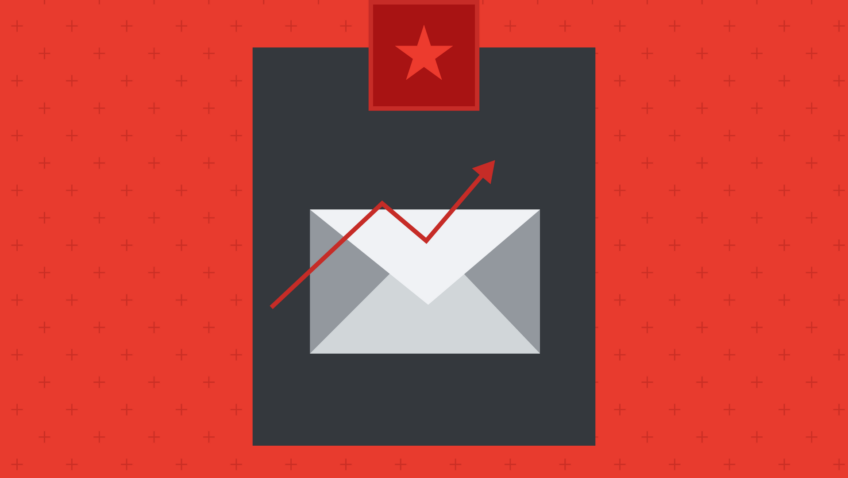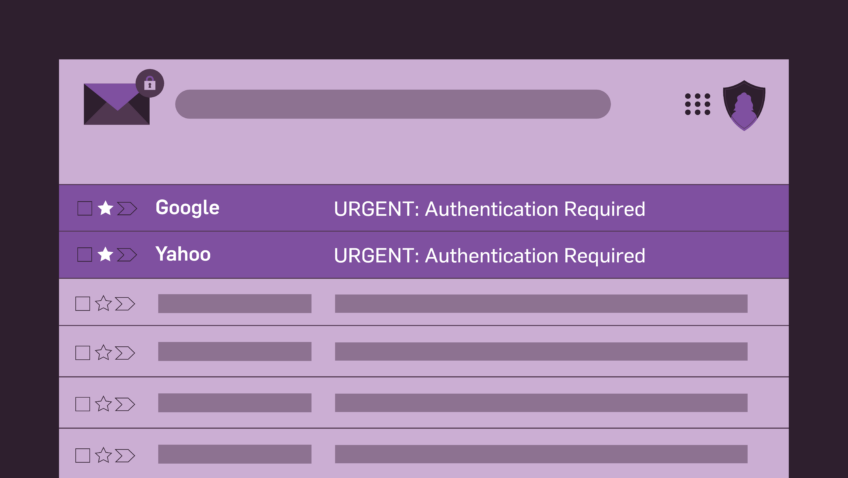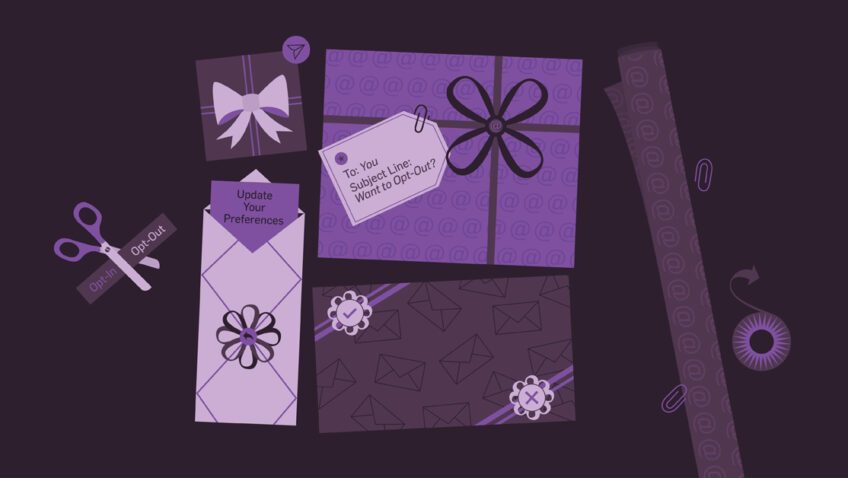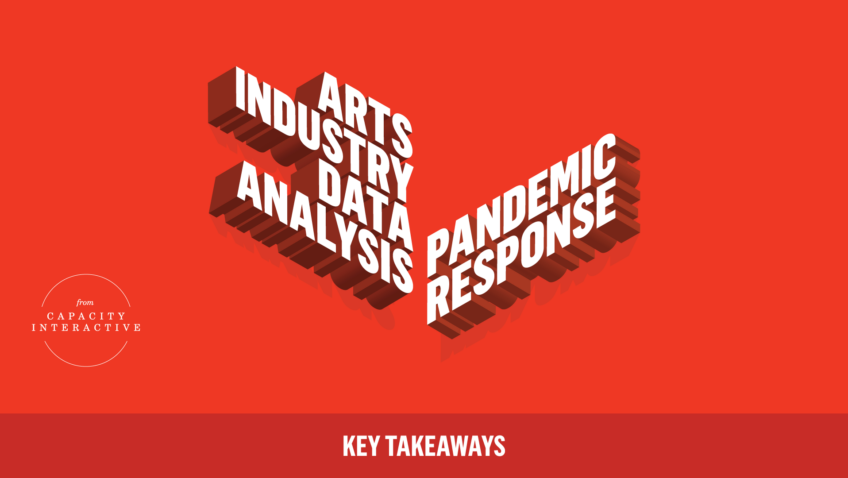Five Email Marketing Data Points Arts Marketers Must Measure
As we approach the end of the decade, I have to pinch myself when I chat with venues around the world.
Somehow, after nearly 50 years, email marketing is still the belle of the ball when it comes to conversion and engagement with ticket buyers and fans. It’s amazing to consider that with all the exciting new channels available to consumers, the modest email marketing campaign is still the one that gets us clicking.
Will I be publishing the same article in 2029? Hard to say, but for 2019, the success of your venue and your career hinge on you making the most of this quirky channel. Here are five data points successful arts organizations should use to measure their email programs.
Opens (kind of)
Let’s just get this out of the way right. For a lot of reasons, open rates are kind of bogus. They’re a bit inaccurate and don’t tell you much about what subscribers found intriguing. Every time an image is downloaded, that counts as an open. There’s a lot that’s wrong with using that activity as a measuring stick. Gmail and other clients now automatically display images. In addition, Outlook’s preview pane allows readers to see most of the email without registering this as an open.
But I can’t help it. I still use them as a broad measurement of success. I admit it’s an imperfect metric but it’s still helpful to get a general sense of delivery and interest. If your open rates are steady at 30% but suddenly drop to 10%, that’s good to know, right?
Clicks
This is the real deal. Clicks are what you’re after. In no uncertain terms, clicks show interest. Who clicked on what, when, how many times and why is your mission as an arts marketer. Of course, the “why” is always the hardest (and most important) part. A little A/B testing can go a long way here.
You should be using clicks and conversions as the compass steering your email marketing program. Segment based on clicks. Retarget based on clicks. Move, kill and optimize content based on clicks. Look at conversion compared to clicks. Did they click but not purchase? Use it all!
Bounces
It’s not the sexiest metric but it’s an important one. Hard and soft bounces can alert you to an impending delivery issue down the road. Ignore them at your peril.
Bounces should be below 2% for most of your campaigns. A hard bounce is just a bad address. It’s actually a really nice opportunity to reach out and get the correct email address. It’s good customer service, shows you’re paying attention and it’s just something nice that customers love. Soft bounces, on the other hand, signal the mail was undeliverable for any number of reasons. This is the one to keep your eye on. If your soft bounces start going up, act quickly. Reach out to your ESP and take a closer look together.
Abandoned Cart
Oh so close! Abandoned carts can break your heart.
As a marketer, it’s easy to feel that for whatever reason, you didn’t seal the deal. But I’ve found it’s usually not a marketing message problem. Yes, you can tell your boss I said that! But honestly, people are busy. Buying tickets takes organization and consideration. Sometimes subscribers just run out of time. That’s where you come in.
As long as you’re tracking abandoned carts and abandoned browse sessions, you should follow up. Abandoned cart reminders work best if sent within 72 hours depending on the item you’re selling. With tickets, you often need to reach out sooner before they sell out. Abandoned cart campaigns also work wonders for membership reminders and renewals. After setting up an abandoned cart reminder, nearly every organization I’ve worked with, discovers they’ve been leaving significant revenue on the table.
Conversions
No surprise here. This is what it’s all about folks. Email sent. Link clicked. Purchase made. Ah, it’s a thing of beauty, isn’t it? This is the metric your boss, your board members and you should really be concerned about.
Most ESP’s aren’t going to display the revenue generated from email campaigns but you should be able to use your CRM and as well promotion codes and other tricks to connect the dots between email clicks and conversions. Along with clicks, conversion is what you should be using to drive your email program and content.
Kirk Bentley is the Business Development Director at WordFly. WordFly is a proud sponsor of Digital Marketing Boot Camp for the Arts 2019.










